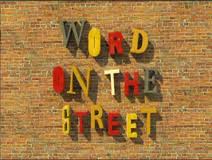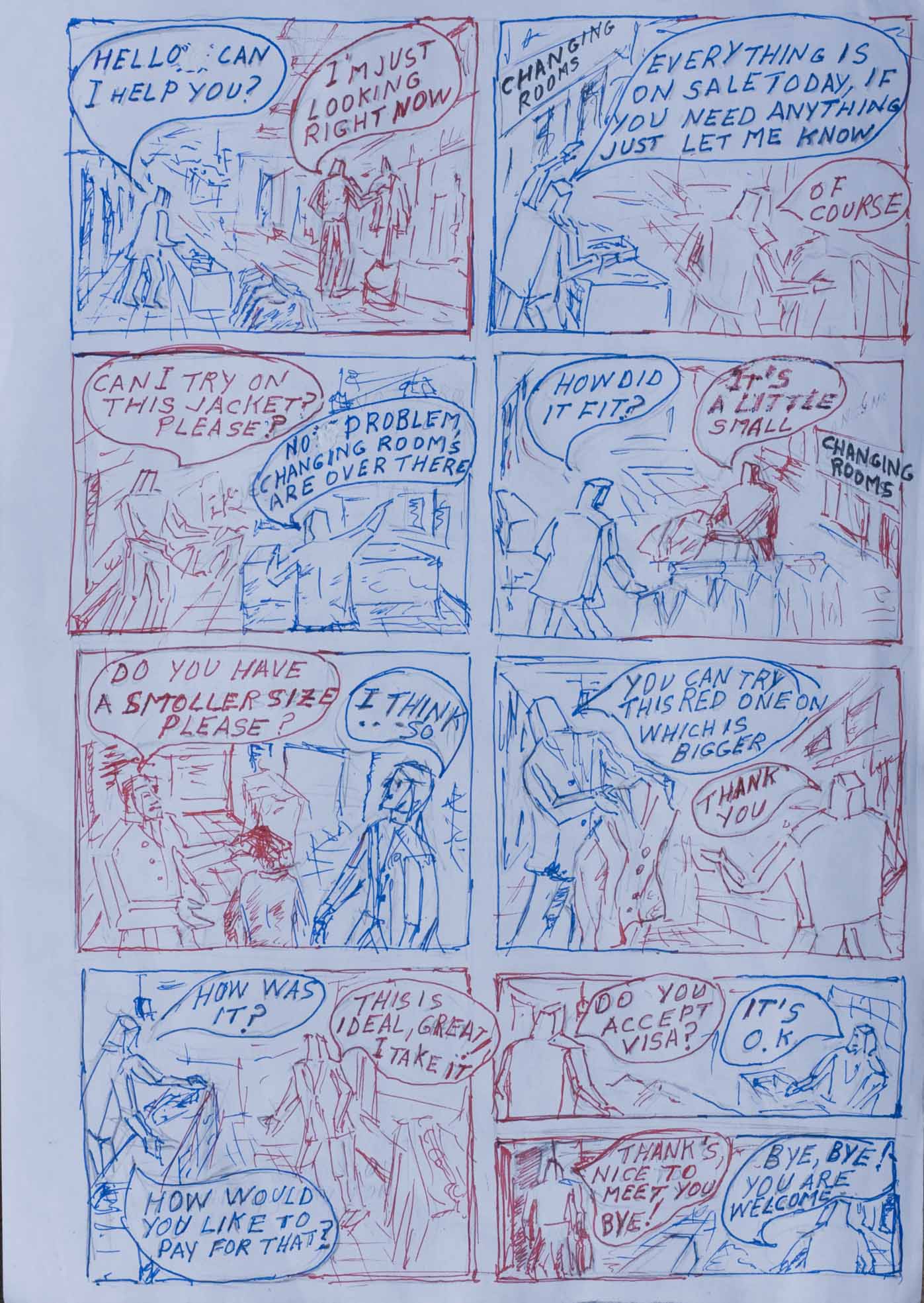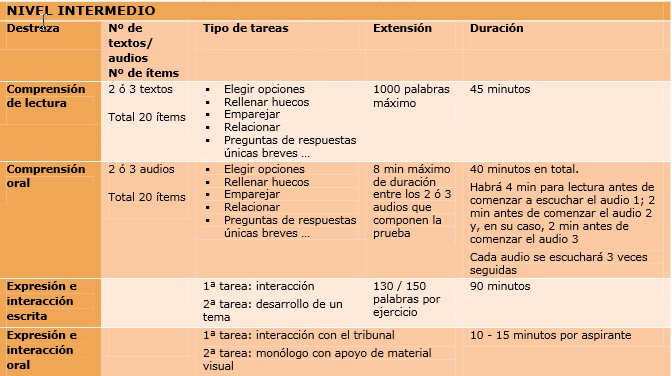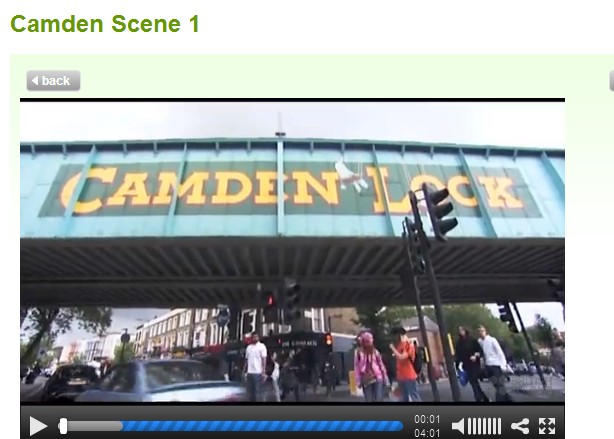- Spicing up my lessons!
Monthly Archives: January 2014
Word on the Street
I just love this section in the British Council website. Word on The Street is a co-production of the mighty BBC and  the British Council. If, on their own, they produce superb material you can only imagine the outcome when they decide to join efforts and work together in the production of short videos (4 or 5 m) to teach everyday life and different aspects of the British culture. The videos are easy to watch, some of them accompanied by captions that help elementary students follow and divided into scenes for a deeper understanding. There are several tasks you can do after watching the video and you can also have a look at the tapescript. Some of the most popular videos are: Oxford, Travel and Transport, Camden, Animals…etc. Aren’t you dying to try some of these? My favourite will most definitely be Camden. I am in love with the market!
the British Council. If, on their own, they produce superb material you can only imagine the outcome when they decide to join efforts and work together in the production of short videos (4 or 5 m) to teach everyday life and different aspects of the British culture. The videos are easy to watch, some of them accompanied by captions that help elementary students follow and divided into scenes for a deeper understanding. There are several tasks you can do after watching the video and you can also have a look at the tapescript. Some of the most popular videos are: Oxford, Travel and Transport, Camden, Animals…etc. Aren’t you dying to try some of these? My favourite will most definitely be Camden. I am in love with the market!
Word of the Day: to Be Good at Something/ Doing something
Have you ever asked yourself what you are good at?
If you are a bit like me, as old as I am I cannot say with certainty what I am good at, though I’ve always believed it is hardly a matter for me to decide. I’ve always believed it is up to the rest of the world to determine if someone is good at something so I can only, with some level of uncertainty, claim that I am good at making Spanish omelettes; and…. I can only say that because I once won a Spanish omelette contest where I beat all the restaurants of my village… they even gave a trophy which I proudly display on the shelf of my kitchen secretly wishing my guests would notice :)…. and that’s all about everything I am good at !

On the other hand, I can certainly enumerate a number of things I am really really bad at -the list is long but I promise I won’t get carried away- like ironing fitted sheets, cooking meals I don’t like (I never taste them so they are either very salty, insipid or burnt and given that I don’t eat any meat you can only begin to imagine, dealing with figures, texting, walking in heels, finding my keys, folding clothes neatly, remembering dates (that can be a problem , trust me!) remembering wedding dresses ( my mother always wants to know) and of course, makes and models of cars -but listen, don’t get me wrong here, I don’t necessarily think being bad at these things is really a bad thing or makes me a bad person.On the contrary, I am quite nice! And as Marilyn Monroe once said :I ‘m selfish, impatient, and a little insecure. I make mistakes, I’m out of control, and at times hard to handle. But if you can’t handle me at my worst, then you sure as hell don’t deserve me at my best.
One last thing I need to confess is that I am very bad at drawing and it is a pity because if when you are a teacher this is an ability that comes in very handy especially to illustrate something but I’ve given up trying to draw things on the board. My students don’t understand my art. A five-year-old child can certainly draw a house better than me but what some people are bad at, some others are good at; don’t they say there must be a bit of everything in the Lord’s vineyard? Chema Pérez Fernández, one of my students, is certainly good at drawing and he has kindly drawn one of the role plays we performed in class. I really appreciate his contribution the blog .
Pruebas de Certificación Tips and Practice

The SPEAKING TEST consta de tres partes .
- En la primera parte ,(1 ó 2 m) el examinador hará preguntas de carácter general cuyas respuestas no contarán de cara a la nota final. No tiene otro objetivo que ayudar a que el alumno se sienta más cómodo.
- La segunda parte del examen es la INTERACCIÓN . En esta parte el examinador interactuará con el alumno. En el Nivel Básico, se le dará al alumno una situación (role-play) donde tendrá que asumir el papel que se le indique. En el Nivel Intermedio , el examinador elegirá un tema y hará preguntas al candidato.
- La tercera parte del examen es lo que denomina DISCURSO CONTINUO . Aquí el candidato tendrá que hablar sobre unas fotografías ( máximo tres) sin ninguna intervención por parte del examinador . En el Nivel Básico se pedirá al candidato que compare y describa , y en el Nivel Intermedio que describa y compare las fotos y hablé ,además ,sobre el tema sugerido en las mismas.
ALGUNOS CONSEJOS SOBRE EL EXAMEN ORAL.
El examen oral es tu oportunidad de brillar .El examinador espera de ti que utilices variedad de estructuras y vocabulario adecuado al nivel del que te examinas. Si estás en Intermedio y utilizas vocabulario y estructuras de Nivel básico , aunque no tengas errores no es probable que apruebes . Es importante que respondas a las preguntas del examinador con respuestas largas, desarrollando tus ideas. No esperes a que el examinador te pregunte “por qué” a una pregunta que te ha realizado, lo normal es que tu ofrezcas esa explicación y que el profesor no necesite aclaración ninguna. No te olvides además de usar conectores para enlazar tus ideas, no utilices siempre los mismos , recuerda que es tu momento de brillar.
Mira este video. Ilustra muy bien lo que intento explicarte arriba.
En el examen oral , como ya te he explicado, tienes que utilizar variedad de estructuras . Mira este video de 5 m para aprender diferentes expresiones para substituir I like/ I don’t like. Aquí
Enlaces a páginas que pueden ayudarte a preparar el examen
NIVEL BASICO
♥EXAMEN ORAL
DESCRIPCION DE FOTOGRAFIAS
1. Blog de Cristina .Descripción de personas , Descripcion de una foto
2. Writefix.com . Al pasar el cursor por encima de las fotos, te ofrece sugerencias de vocabulario y estructuras para ayudarte a describir.La sección se llama PET SPEAKING.
3. El British Council en su web , publica un video donde dos estudiantes describen una fotografia . Video aqui, tapescript aqui
4. Blog de Cristina. Ejemplos de descripcion de fotografias realizadas por alumnos de la EOI
aquí y aqui
ROLE PLAYS
1. Blog de Cristina con ejemplos ( algunas interactivos) de distintos role-plays. Aquí
2. Twominenglish.com. Videos para practicar role-plays : at the restaurant, shopping or at the airport. Repetiras las frases más comunes para cada una de estas situaciones.
3. http://simpleesl.com/coleccion de 16 role-plays para continuar practicando
♥READING
Esl-bits.net. Haz clic en uno de los Tests ( numerados del 1 al 19 ) y elije que tipo de ejercicio quieres hacer (signs,details,matching..,)
NIVEL INTERMEDIATE
♥SPEAKING
INTERACCIÓN
1 Blog de Cristina. Temas variados acompañados de fotografias .
2. Eslconversationquestions.com/
4. En Ielts Speaking puedes preparar 16 temas de examen (Towns and Cities, Clothes and fashion…etc ) . Leerás las preguntas que hacen los examinadores y las respuestas que a los examinadores les gustaría oir con el vocabulario especifico marcado en negrita.
5.En Digilander.libero.it/puedes ver algunas Useful expressions for the speaking exam que tal vez te sirvan de ayuda.
♥READING
1. The British Council en su sección para teens puede ayudarte
2. Blog de Cristina . Sección Reading (scroll down)
♥WRITING
WriteFix.com ofrece ejemplos de expresión escrita . Solapa CAUSE AND EFFECT:HOME y ESSAY LIST OLDER.
Blog de Cristina. Sección de writing ( scroll down)
Espero haberte ayudado. Si conoces algun enlace que pueda resultar útil para preparar este examen no dudes en mandármelo
NO OLVIDES INSCRIBIRTE!
Student’s Corner: My hometown
It’s always a pleasure to share with you the work of my hard-working students.

The task was either talking or writing about their hometown and I have to say that I was gladly surprised when most of my students, who had never ever given a speech in English, decided to give a beautiful speech about their hometown. I had some beautiful contributions in written form (like Rodrigo’s and Carmen’s ) but most of them were given orally and sometimes even accompanied by slides like the one just below, given by Manuel.
These were the guidelines they had to follow and necessarily include in their presentation.
- Name of their hometown
- Population
- Why it is famous
- Good places to visit
- Places to eat and relax
- The best/worst about their hometwon.
To publish Rodrigo and Carmen’s work I have used Issuu
And Manuel’s beautiful presentation of Avilés shared in Slideshare.
Thank you guys! Well done!
